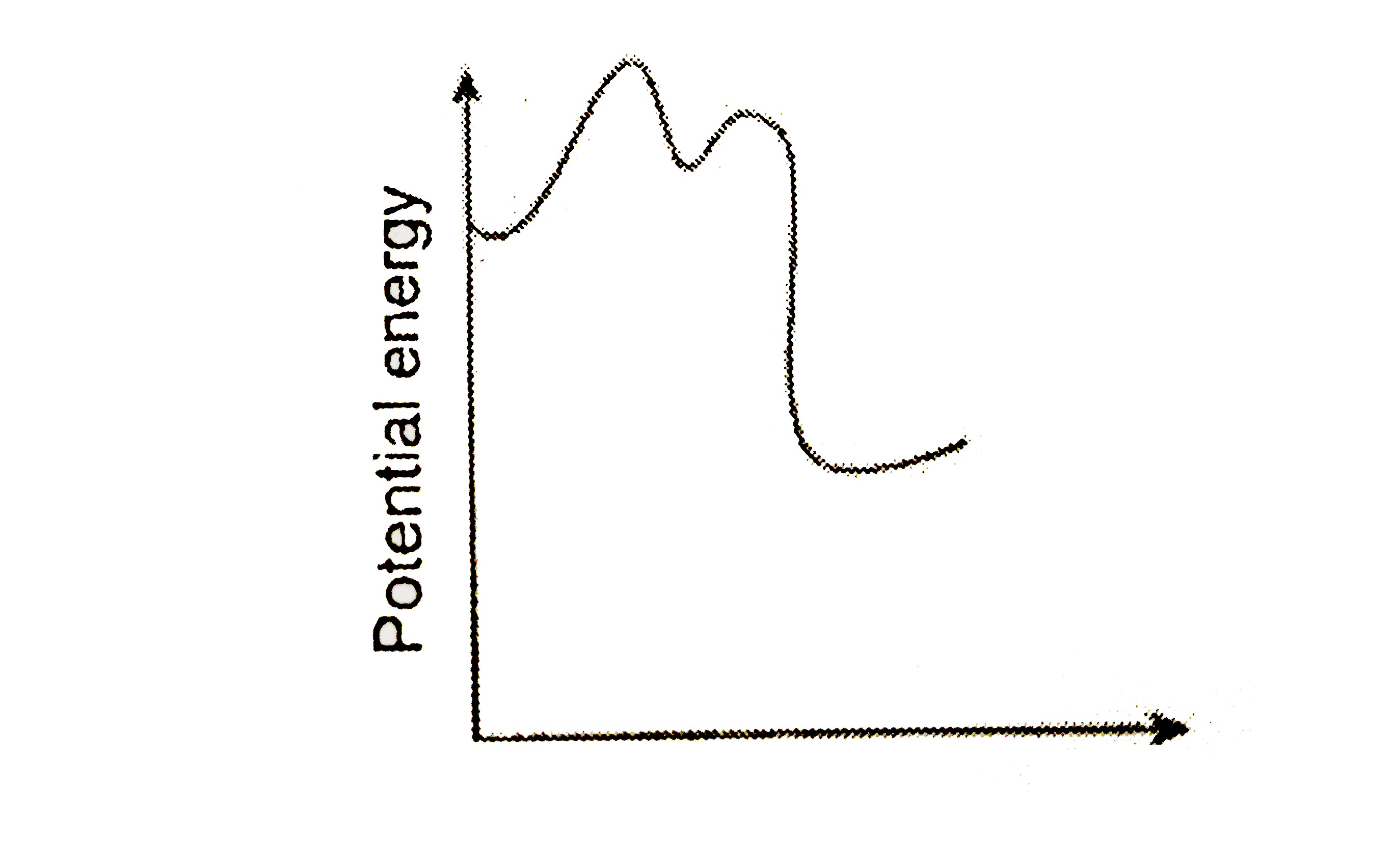Complete Solutions to Level 3 of chapter CHEMICAL KINETICS AND EQUILIBRIUM of Class 10 book with complete answers and questions
| Class 10 | CHEMISTRY |
| Chapter | CHEMICAL KINETICS AND EQUILIBRIUM |
| PEARSON IIT JEE FOUNDATION | Level 3 |
| Number Of Questions | 10 |
| Academic Year | 2023-24 |
What is the use of catalytic convertic in automobile exhaust systems ?
View SolutionFrom the above three energy profile diagrams find out which of the above irreversible reactions gives maximum yield within a given period of time ? Justify. [Consider that the initial concentration of the reactants and temperature is same for all the reactions.]

View SolutionThe decomposition reaction `N_(2)O to N_(2) + O_(2)` takes place on platinum surface. Here, the rate of reaction is independent of the concentrations of the reactant . However, when this reaction is carried out in the absence of platinum surface, the rate of reaction depends on the concentration of the reactant How do you account for this ?
View SolutionEnergy profile diagram for a two-step reaction is given. On the basis of given diagram, predict the slow and fast steps in the reaction. Explain it on the basis of collision theory. Predict the factors that favour the formation of reactants from the products.

View SolutionExplain the effect of addition of CO and `O_(2)` and solid carbon to the equilibrium mixture separately. Also explain the effect of addition of all the three simultaneously . What happens to the equilibrium when the above changes are carried out in a container having less volume ?
View SolutionA 1 L reaction vessel contained 1 mole each of solid `NH_(4)HS, NH_(30 and H_(2)S` at a temperature of `150^(@)C` . When the decomposition of `NH_(4)HS` was carried out , equilibrium is established `K_(p)` value at that temperature is 100. Calculate the equilibrium partial pressures at which 60 per cent dissociation of `NH_(4)HS` takes place at a lower temperature where `K_(p)` value is equal to 200 `"atm"^(2)` .
View SolutionUnder what conditions , addition of insert gas affects the equilibrium position in case of the following equilibrium at constant temperature . Give a reason in support of your answer.
(a) decomposition of `NO` to `N_(2) and O_(2)`
(b) decomposition of `SO_(3)`
(c) formation of `CH_(3)OH ` from `CO and H_(2)`
View SolutionIn a reaction , A is converted to C with the formation of an intermediate B. On the basis of the given graph compare the rate constatns.

View SolutionNitric oxide can catalyse ozone formation in troposhere . Justify.
View SolutionCarbon monoxide and water vapour react to give `CO_(2)` and `H_(2)` in a vessel of 2 L capacity at 1090 K. Equilibrium is established and the number of moles of various components is found to be 0.8, 0.6, 0.4 and 1.02 respectively. Calculate `K_(c)` value. If the concentration of CO has to be increased to 1.2 mol by increasing the concentration of `CO_(2)` at the equilibrium , find the number of moles of `CO_(2)` to be added to the reaction mixture at the same temperature.
View Solution
Level 3 questions and complete solutions for chapter CHEMICAL KINETICS AND EQUILIBRIUM of PEARSON IIT JEE FOUNDATION of Class 10